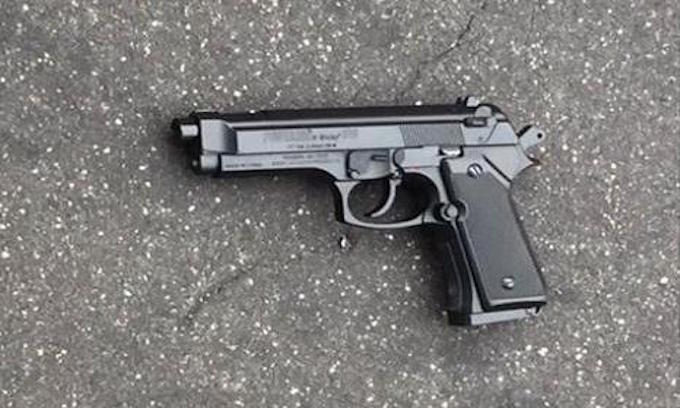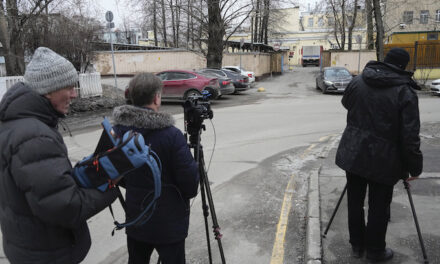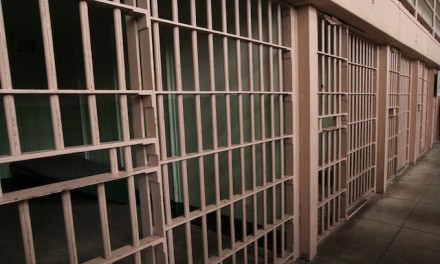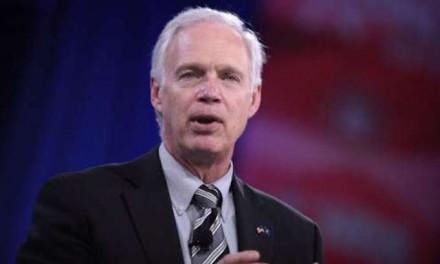Maurice Holley, 55, had two pellet guns tucked into his waistband when he dropped his hands and was fatally shot by a Sacramento County sheriff’s deputy in October. The pellet guns were fashioned to look like replica firearms.
“Fearing he would be shot by the suspect,” the deputy shot Holley nine times, the sheriff’s office said in a news release at the time.
Upon discovery of Holley’s fake firearm, the deputy is heard on dash camera video audibly distressed for several minutes before another deputy is able to make it to the rural location.
Since 2016, there have been 59 incidents in California where an officer discharged a weapon or used another kind of physical force in response to a civilian carrying a “firearm replica,” a Sacramento Bee analysis of state data shows.
It’s a misunderstanding with often lethal consequences in which police perceived fake guns the same as real firearms, The Bee found.
In 2018, such was the case when Darrell Richards, 19, was reported to police when bystanders saw him waving and pointing what appeared to be a gun while walking down a Sacramento thoroughfare.
Richards died later that night after he allegedly pointed the gun at SWAT officers who were clearing Curtis Park backyards in search of him. The incident was not captured on video because of a body camera malfunction, Sacramento Police said. And after he was fatally shot, officers learned that Richards’ firearm was a pellet gun, modeled after a Sig Sauer P225 9mm handgun.
In more than four out of every five incidents — about 51 cases — where police believed a civilian was carrying a firearm the outcome showed it was actually a fake. The civilians died, usually from a gunshot wound, in more than half of the cases.
According to state data, the victims were mostly Hispanic men; and more than one-third of all cases involved people between the ages of 18 and 25, the data shows.
There were two deaths involving children ages 10 and older between 2016 and 2018, the data show.
Officials with the California Department of Justice, which collects the data, said the “firearms replica” designation could cover a range of weapons, including pellet guns, but the agency does not choose.
“It’s up to law enforcement discretion to decide where a pellet gun would fall,” a spokesperson said in an email.
Incidents between police and people in possession of pellet guns or replicas have played out in headlines across the country in recent years. Perhaps most notably in the case of 12-year-old Tamir Rice, who was fatally shot in 2014 by Cleveland police after he was seen with a Colt-replica airsoft-style gun.
Other cases include a 62-year-old Vermont man who died after allegedly pointing an unloaded BB gun at officers responding to reports of a break-in, a 15-year-old boy was shot by LAPD when an officer mistook the boy’s toy gun for a real gun, and a high school senior who was shot on a Southern California freeway when she pointed a BB gun modeled after a Beretta 92 FS handgun at a Fullerton Police officer.
In most cases, officers were cleared of wrongdoing on the grounds that the pellet gun or toy was perceived to be real, or was used in manner to make the officers fear for their lives.
In Holley’s case, “You can’t fault the deputy,” said Ed Obayashi, a Plumas County sheriff’s deputy and a use-of-force expert. “This officer reasonably believed his life was in danger. There’s just no debate about that.”
“(When) you see someone going for a gun, the eyesight cannot distinguish between an imitation firearm and a real gun,” he said.
In photos provided by the sheriff’s office in a video, Holley’s pellet guns were black, realistic handgun replicas that appeared indistinguishable from a lethal firearm.
Pellet guns and other air guns have grown in popularity among recreational shooters, and have improved in accuracy from the Red Rider BB guns most commonly associated with the sport.
Unlike firearms, which use primer and gun powder to propel bullets at great speed, pellet guns use compressed air to shoot small, lead pellets. And unlike BB guns, pellet guns’ barrels can be rifled, forcing the pellet to spin and shoot with much greater accuracy.
Pellet guns are usually small calibers and can cost as little as $50 apiece, making them popular with sportsmen who most frequently use them for target practice and hunting small animals such as rodents and birds.
In California, an 18-year-old can buy a pellet gun. And such guns can be purchased from a variety of retailers, including Walmart, Dick’s Sporting Goods, Big 5 Sporting Goods and Sportsman’s Warehouse. Pellet and BB guns are also not subject to a California law that requires toy guns to have fluorescent trigger guards and be tipped with bright colors.
And while deaths from pellet gun injuries are rare — about four deaths per year in the U.S. are caused by BB guns or pellet guns, according to the U.S. Consumer Product Safety Commission — they can cause injury. Statewide, the number of emergency room visits related to the accidental discharge of a pellet gun jumped by 14 percent in 2017. In that year, there were 1,038 such reported incidents throughout the state, according to data from the Office of Statewide Health Planning and Development.
Air guns that fire pellets at muzzle velocities higher than 350 feet per second can be lethal, the U.S. Consumer Product Safety Commission said.
Holley was reported to the sheriff’s office in multiple 911 calls from Herald residents, a rural town in south Sacramento County, saying the 55-year-old appeared to be on drugs and was passed out on a property. The caller reported Holley was “known to carry weapons,” the sheriff’s office said.
The deputy makes contact with Holley and starts talking to him. During the exchange, Holley starts crawling and when he sits back down the deputy sees what appears to be a gun tucked into Holley’s waistband. The deputy immediately pulls his duty weapon and points it at Holley, giving him a command to get on the ground.
Holley raises his hands in front of him, saying “I didn’t do nothing,” then drops his left arm near his waistband.
The deputy fires, killing him.
Police are trained to operate on the assumption that any weapons they encounter in the line of duty are real, Obayashi explained.
“There is no intermediate step between an officer seeing a gun and shooting. I think the public needs to understand that it’s an untrainable situation,” Obayashi said.
“With toy guns, at least there is some kind of law or procedure where there has to be an orange tip, but that’s not the case when it comes to pellet guns or replica guns,” said Brett Meade of the National Police Foundation, a Washington, D.C.-based research hub for law enforcement policy.
Pellet guns and BB guns are not regulated in the same way as toy guns, which are required to have an orange blaze tip, according to federal law. And that’s not likely to change Obayashi said, because people are attracted to air guns that look realistic.
“The fact is that when you see something that is a firearm, whether it’s fake, a toy, or whatever, you don’t know that,” Meade said. “And if someone isn’t obeying the order to drop it or not reach for it. You have to do what you have to do based on what each officer perceives that threat to be.”
___
(c)2020 The Sacramento Bee (Sacramento, Calif.)
Visit The Sacramento Bee (Sacramento, Calif.) at www.sacbee.com
Distributed by Tribune Content Agency, LLC.
—-
This content is published through a licensing agreement with Acquire Media using its NewsEdge technology.



















Recent Comments